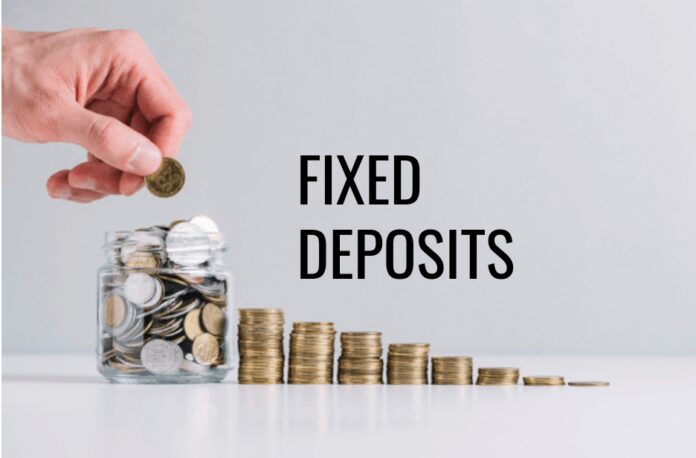
As an Indian citizen, you need to pay taxes when your income crosses a specific limit set by the government. While a fixed deposit is a stable way of growing your capital, not knowing the tax computation process can rip some of the benefits you get from an FD account.
While calculating your income tax, you also need to include the interest income from an FD account. However, not all of the interest amount is taxed. Read this article to learn about the various aspects of taxation on an FD account and discover some foolproof ways to save taxes.
The Process of Tax Calculation on Interest Income
While calculating your income tax, you need to show the income from an FD account under ‘Income From Other Sources’. Financial institutions generally deduct the TDS or Tax Deducted at Source amount before crediting the interest amount, meaning the amount you receive in your bank account is after the deduction of TDS.
Hence, while calculating the income tax, you need to ensure that your total income also includes the interest income from an FD account. You will then need to calculate the total TDS amount that the financial institution deducted. If the amount deducted as TDS is more than the tax you are expected to pay, you can claim a return by filing the income tax return. If, however, you fall in a higher tax bracket, then you need to pay the extra tax before the last date of deposit.
Let us understand this with an example:
Let us assume that you come under the 30% tax bracket. You have invested INR 10 lakh in an FD account with an interest rate of 6%. Hence, your total interest income will be INR 60,000 in a year. Assuming the financial institution deducts 10% TDS, your interest credit amount is INR 54,000. Hence, you will have to pay a tax of INR 18,000. However, as the financial institution has already deducted INR 6,000, you will need to pay only INR 12,000 as income tax.
As a fact, experienced and intelligent investors clear their taxes every year, as waiting until maturity will only escalate the taxes. It is good to know that Form 26AS contains all details of TDS deductions. Also, financial institutions deduct 10% TDS from an FD account if the account-holder has submitted their Permanent Account Number or PAN to the institution. In all other cases, the TDS is deducted at a rate of 20%.
TDS Slabs For Different Categories of Investors
During the financial year 2019-20, no TDS was applicable for an interest income of up to INR 10,000. In the financial year 2024-21, the amount was increased to INR 40,000. Moreover, for senior citizens, the amount is INR 50,000. However, if you have not submitted your PAN card to the financial institution, they will deduct 20% TDS from the interest amount.
If you have invested in an NRO or Non-Resident Ordinary FD account, the financial institution will charge 30% TDS. For NRE (Non-Resident External) or FCNR (Foreign Currency Non-Resident), there is no need for income tax computation.
Conclusion
You can submit Form 15G or 15H to the financial institution if your taxable income is below INR 2.5 lakh. When you submit Form 15G or 15H, the financial institution does not deduct TDS. Alternatively, you can open an FD account in your spouse’s name or kid’s name. In such cases, the interest income is not added to your net income.





